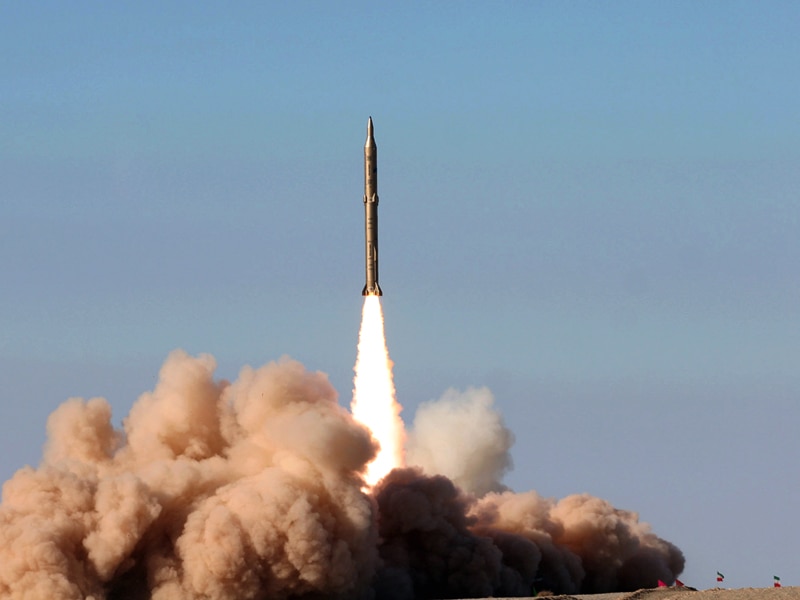Iran's President Election: Mousavi Makes His (Economic) Challenge
 Thursday, May 28, 2009 at 13:18
Thursday, May 28, 2009 at 13:18  Chris Emery, who has kept Enduring America on top of the Iranian presidential election, offers a latest observation which suggest there might be a heated contest:
Chris Emery, who has kept Enduring America on top of the Iranian presidential election, offers a latest observation which suggest there might be a heated contest:With Iranian voters going to the ballot box in less than three weeks, Mir-Hossein Mousavi, the candidate most likely to challenge President Ahmadinejad, has this month stepped up his campaign. With vital television debates beginning next week, in which the economy is likely to feature strongly as an issue, Mousavi's team published details of its economic plans over the weekend.
Mousavi’s manifesto has reportedly drawn on the analysis of 150 economists and is undeniably ambitious. The document calls for transparency on oil contracts, an increase in aid to boost and diversify production, and an economy that encourages “ethics and morality”. Iran’s dependence on oil revenue will be reduced through a shift to an industrial Ieconomy.
Mousavi places Iran’s nuclear energy programme at the centre of this effort. However, he also recognises that an overly provocative pursuit of nuclear energy will do little to advance the role of the private sector, which is another cornerstone of his economic strategy.
Indeed, there is a clear geo-political emphasis in Mousavi’s support for the liberalisation and diversification of Iran’s economy. In contrast to Ahmadinjad’s inflammatory anti-Israel rhetoric and his boasting of Iran’s regional power, Mousavi suggests that a stronger and more diverse national economy would offer Iran more influence as the region addresses its problems.
Yet, while the economy is likely to be the defining aspect of this campaign, Mousavi's challenge also shows the importance of political associations, in particular aligning oneself with political icons.
Mousavi’s choices don’t get much more iconic. By placing himself alongside Mohammed Mossedeq, the nationalist prime minister ousted by a CIA plot in 1953, Mousavi asserts his own belief not only in a strong national economy but in an economy linked to greater national autonomy and involvement in the region.
Mousavi's close personal relationship with former president Khatami cements his support from the young and takes advantages of Khatami’s large organisational network. This was seen earlier in the month during a rally Khatami organised to support Mousavi. Video footage shows a young audience, donned in Mousavi’s campaigning colours of green, shown videos of Mossedeq.
Also highly visible in the video is Mousavi’s wife, Zahra Rahnavard. Whilst candidates’ wives have become important campaigners for Western politicians, it is extremely rare in Iranian politics. President Ahmadinejad has been notoriously guarded about his own wife and children, who are almost never seen in public. In contrast, Rahnavard, a former university chancellor and supporter of women’s rights, has appeared at most of her husband’s campaign events.
The third iconic figure with which Mousavi has closely associated himself is the founder of the Revolution, Ayatollah Khomeini. Mousavi, who needs to appeal to moderate conservative elements if he is to win, has emphasised his close relationship with Khomeini, who was his chief political sponsor during the 1980s. After visiting the house in which Khomeini was born earlier this month Musavi stated, "We have to return to Imam Khomeini's values if we want justice and freedom in Iran."
Mousavi knows that a high turnout is vital for his victory. His sparring with Ahmadinejad during the television debates will be watched by millions, but it is his organisational machine which would deliver his success. Access to the reformist campaigning infrastructure which delivered Khatami two consecutive victories is crucial, but this will have to be complemented by a much broader appeal. It will a frantic run-in to the 12 June election.

